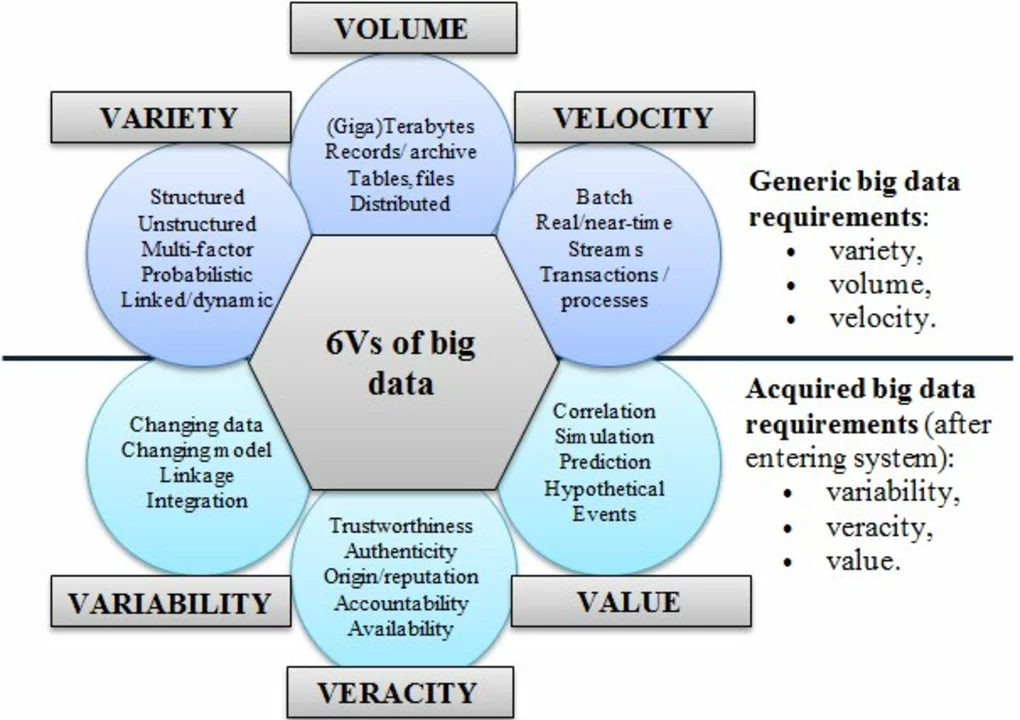Data Entry: Simple Guide to Skills, Tools & Jobs
Ever wonder what data entry really means? In plain terms, it’s the process of moving information from one format to another—usually from paper or screenshots into a computer system. Companies rely on accurate data entry to keep their records straight, so the work is both steady and essential.
Key Skills for Data Entry
First up, speed matters, but accuracy matters more. Most employers look for someone who can type 45–60 words per minute without making mistakes. That’s why practice with typing tests can boost your confidence. Next, a good eye for detail helps you spot errors before they become bigger problems. Simple things like double‑checking numbers or names can save a lot of time later.
Software familiarity is another must. Even if you’re not a tech whiz, knowing the basics of spreadsheet programs like Microsoft Excel or Google Sheets is non‑negotiable. You’ll also encounter data‑entry platforms that use forms, databases, or custom apps. Learning how to navigate these tools quickly will make you stand out.
Communication skills round out the list. You’ll often need to ask clarifying questions or report inconsistencies to supervisors. Being clear and polite keeps the workflow smooth and shows you’re reliable.
Popular Tools & How to Get Started
Most data‑entry jobs rely on a few core tools. Excel is the go‑to for handling tables, formulas, and bulk data imports. Google Sheets offers the same power plus real‑time collaboration, which many remote teams love. For more specialized work, you might see tools like Airtable, Zoho Creator, or industry‑specific software.
If you’re just starting out, set up a simple home office. A comfortable chair, a quiet space, and a reliable internet connection are enough. Install the latest version of Office or use free Google alternatives. Practice by creating sample spreadsheets—enter dummy data, sort it, filter it, and try simple formulas.
Freelance platforms such as Upwork, Fiverr, and local job boards often list short‑term data‑entry gigs. These can be a great way to build a portfolio and prove your speed and accuracy. When you apply, include your typing test score and mention any relevant software you know.
Full‑time positions usually appear on corporate career sites or general job portals. Look for titles like “Data Entry Clerk,” “Data Input Specialist,” or “Administrative Assistant – Data Entry.” Pay attention to the required skill set and tailor your resume to match—highlight typing speed, software knowledge, and any previous data‑handling experience.
Keeping your skills fresh is easy. Spend a few minutes each week learning a new Excel shortcut or exploring a free online tutorial. The more efficient you become, the more value you add, and the higher the chances of moving into higher‑paying roles like Data Analyst or Operations Coordinator.
In short, data entry is a practical entry point into the world of office work. With solid typing speed, attention to detail, and a grasp of basic spreadsheet tools, you can land reliable jobs and even pave the way for a future in data‑focused careers. Ready to start typing?
